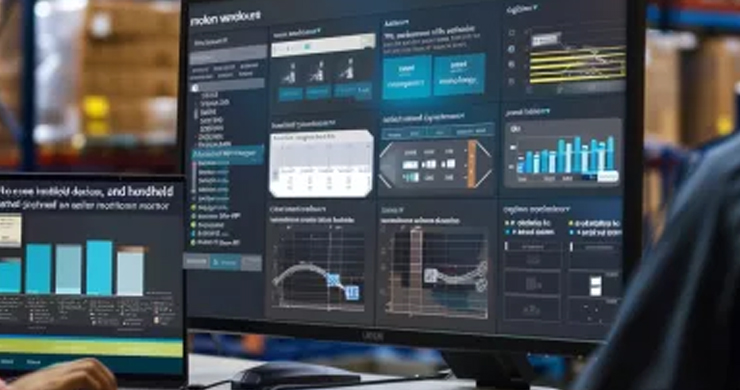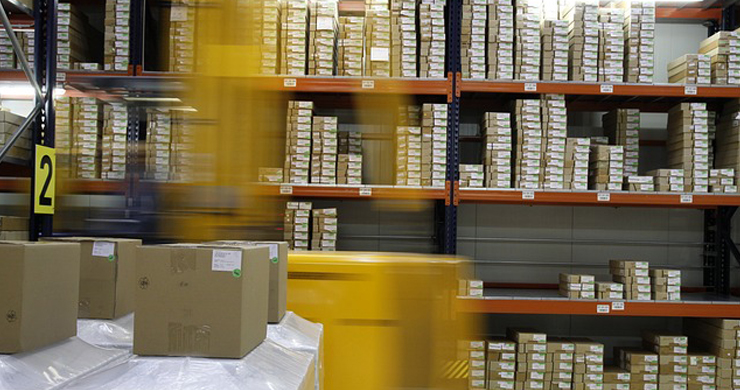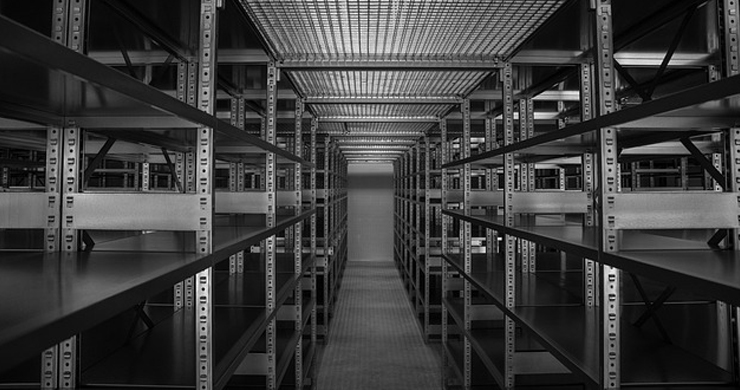In today’s business environment, operational efficiency and systems integration are crucial to success. Integrating a Warehouse Management System (WMS) with other enterprise systems such as ERP (Enterprise Resource Planning) and CRM (Customer Relationship Management) offers a number of significant benefits.
Benefits of integrating a WMS with ERP and CRM
-
Greater visibility and control
- Unified data: The integration of a WMS with ERP and CRM allows unified access to data, providing a complete and real-time view of the company’s operations. This facilitates informed and strategic decision making.
- Improved planning: With accurate and up-to-date data, companies can better plan their inventory, production and distribution needs, optimizing the supply chain.
-
Operational efficiency
- Process automation: Integration facilitates the automation of processes between systems, reducing the need for manual inputs and minimizing errors. This increases efficiency and accuracy in daily operations.
- Streamlined workflow: Integrated workflows enable smoother task management, from receipt of raw materials to final delivery to the customer.
-
Improved customer experience
- Efficient inventory management: A well-managed inventory ensures that products are available when customers need them, improving customer satisfaction.
- Real-time information: Sales and customer service teams can access real-time information on order and inventory status, providing fast and accurate responses to customer inquiries.
-
Cost reduction
- Resource optimization: Integration allows for better resource management, avoiding duplication and reducing operating costs.
- Error minimization: By reducing the need for manual entries and improving data accuracy, costs associated with errors and rework are reduced.
Integration process of a WMS with ERP and CRM
-
Needs assessment and system selection
- Requirements analysis: Identify the specific needs of the business and how EMS integration can meet them. This includes evaluation of existing ERP and CRM systems.
- Selecting the right WMS: Choose a WMS that is compatible and easily integrated with the company’s ERP and CRM systems.
-
Integration planning
- Define objectives: Establish clear and measurable objectives for integration, such as improving inventory accuracy or reducing order cycle times.
- Workflow design: Map current and future workflows to ensure that all relevant processes are efficiently integrated.
-
Technical implementation
- Connectivity and compatibility: Configure connectivity between WMS, ERP and CRM systems, ensuring that all data is transferred correctly and that the systems are compatible.
- Data integration: Migrate and synchronize data between systems, ensuring consistency and accuracy of information.
-
Tests and adjustments
- Integration testing: Perform extensive testing to ensure that all systems work properly together. This includes performance, security and functionality testing.
- Adjustments and optimization: Adjust processes and settings as needed to optimize performance and resolve any issues that arise during testing.
-
Training and support
- Staff training: Train employees in the use of the new integrated system, ensuring that they understand how to take full advantage of the available functionalities.
- Ongoing support: Provide ongoing technical support to resolve problems and ensure that the system operates efficiently over the long term.
Conclusion
Integrating a WMS with enterprise systems such as ERP and CRM offers numerous benefits, including increased visibility and control, operational efficiency, improved customer experience and reduced costs. Through a well-planned and executed process, companies can achieve a more efficient and coordinated supply chain, gaining a competitive advantage in the marketplace. The key to success lies in the proper assessment of needs, selection of the right systems, and effective implementation and support.
You may also be interested in…





